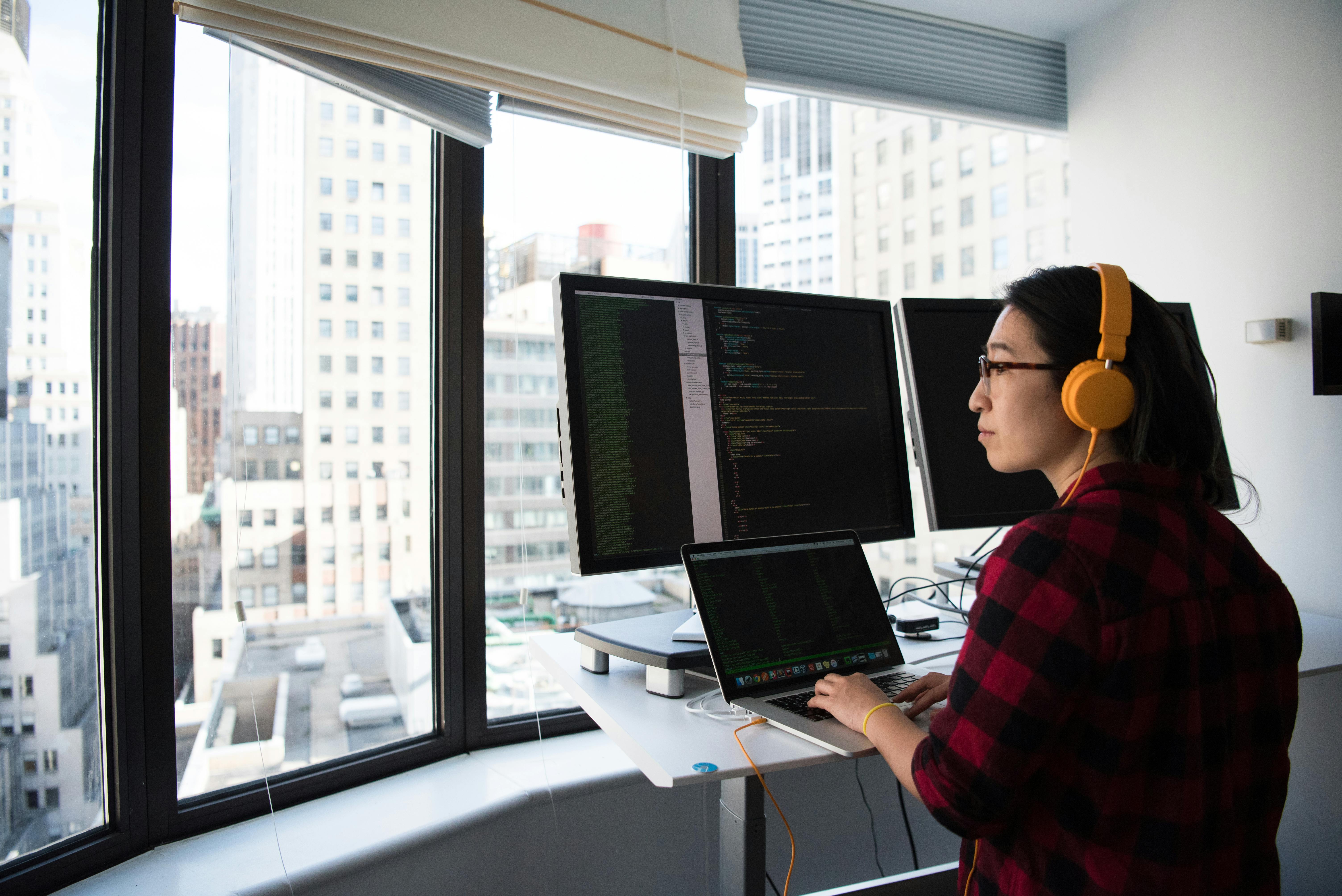



Standing desks have become a popular solution for people who spend long hours at work. You may have heard claims that they fix posture, prevent back pain and even boost productivity. But here is the truth: standing desks are not a magic fix.
Yes, they can be helpful, but only if you use them correctly. Many people switch to a standing desk and end up with new aches and pains because they are standing too long or using bad posture. Let’s break down the myths and how to use a standing desk the right way.
Sitting for long hours is not great for your body, but standing all day is not the answer either. If you stand too long without moving, you can develop:
The key is balance. A standing desk should allow you to switch between sitting and standing, not replace sitting entirely.
A standing desk can encourage better posture, but only if you set it up correctly. Many people still hunch over their screens, shift their weight unevenly or stand with locked knees. Poor posture while standing can lead to neck, back and hip pain, just like bad sitting posture.
A standing desk is not a replacement for movement. You may burn slightly more calories while standing, but standing still for hours is not the same as being active.
Instead of just standing, focus on movement:
Your body is designed for movement, not just switching between sitting and standing.
If you want the benefits of a standing desk without the downsides, follow these simple steps:
Standing desks are not a miracle solution, but they can be helpful if used correctly. The real secret to avoiding pain and stiffness is not just standing or sitting. It is movement. The best thing you can do for your body is to change positions regularly and stay active throughout the day.
So, use your standing desk wisely, keep moving and remember that balance is the key to feeling your best.